Plant of Padre Pio
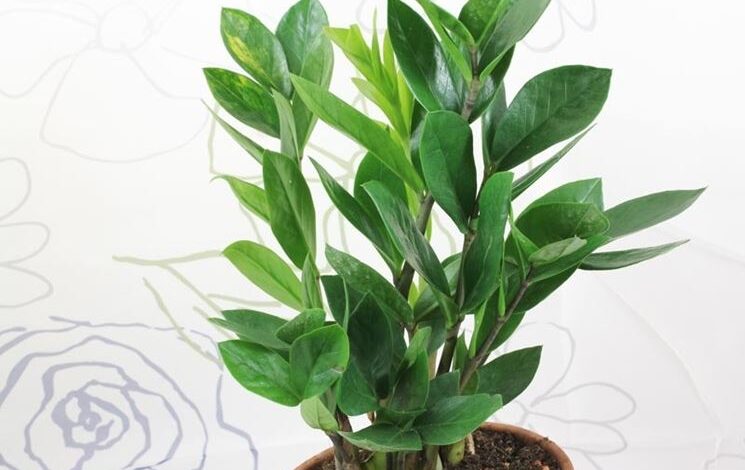
Padre Pio plant, characteristics and general information
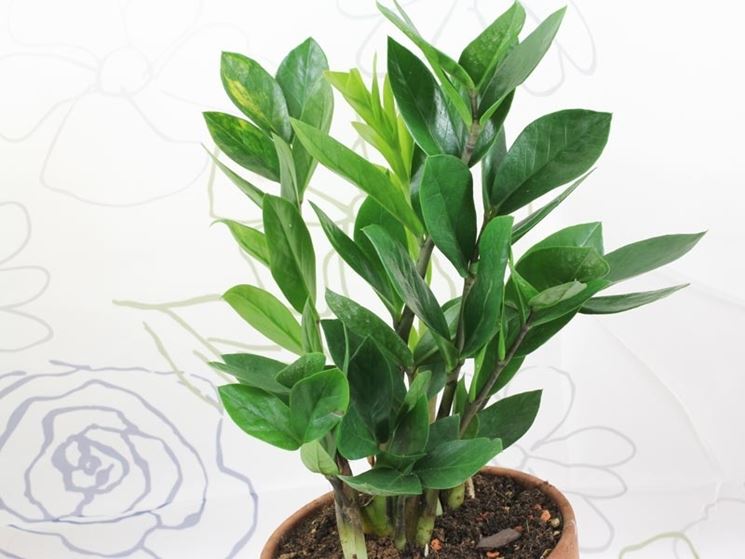
Padre Pio plant, sun exposure, temperatures and watering
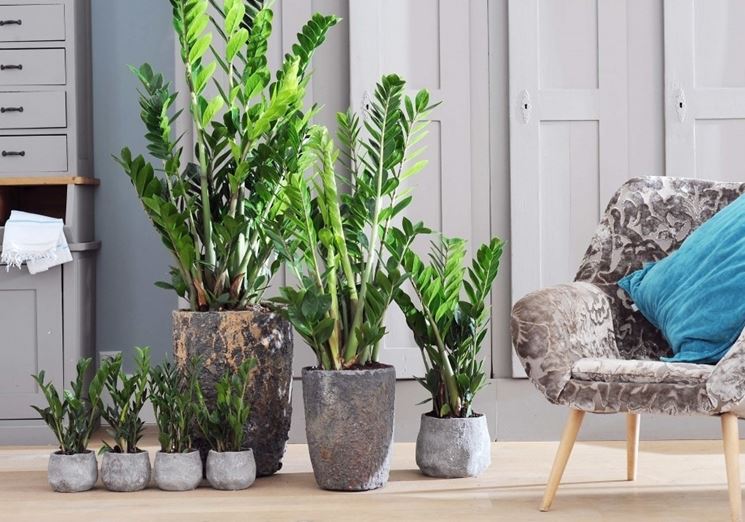
The Padre Pio plant (Zamioculcas) is an excellent indoor variety, easy to grow thanks to its characteristics deriving from the fact that it is a succulent. It likes places with good sun exposure, as long as it does not come into contact with the sun’s rays, although it adapts easily even to more or less dark areas. It bears very well high temperatures, around 30 ° C, but does not like temperatures close to or below 15 ° C. The waterings are to be proportioned according to the solar exposure. If the specimen is positioned in bright, warm places, the watering is to be done regularly, letting the substratum dry up just between one watering and the other. Otherwise, however, watering must be less regular and a few more days must be spent between one watering and the next. Water stagnation, which is not at all appreciated by this variety, must certainly be checked. For this you must always make sure that the substrate guarantees excellent water drainage.
Padre Pio plant, propagation and pruning
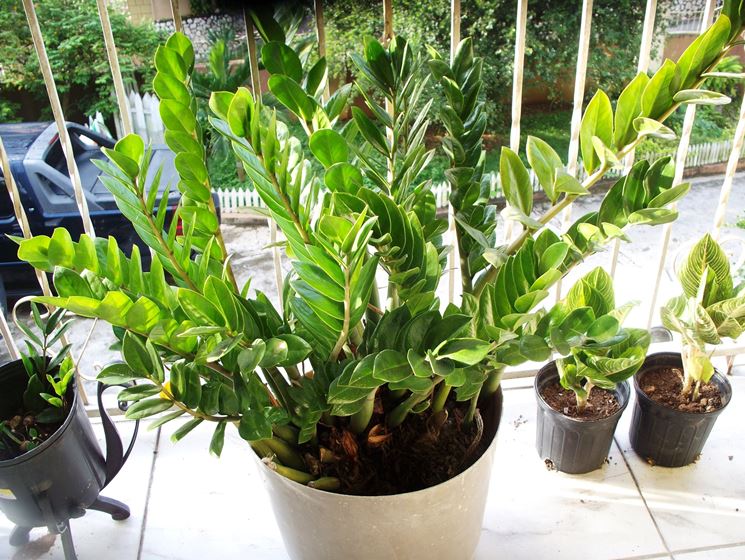
The Padre Pio plant can be reproduced mainly in two ways: by means of leaf cuttings or by separating the bulbs. However, both methods are very slow. For the reproduction through cuttings, in the autumn period some leaves must be taken, with all the petiole and potted in soil composed mainly of peat and sand. It is necessary to water regularly, keeping the substrate always humid. Results should be seen in early spring, when the zamioculcas has taken root and is ready to be repotted into a larger pot and treated as an adult. More «delicate» but effective is the method of separating the bulbs. The Zamioculcas has several bulbs that can be separated and repotted independently, but being very careful not to damage the rest of the bulbs when proceeding with the separation operation. As for pruning, the Padre Pio plant should not be pruned, you simply need to eliminate the damaged parts, the dry or burnt leaves.
Padre Pio plant: Padre Pio plant, repotting techniques, diseases and parasites
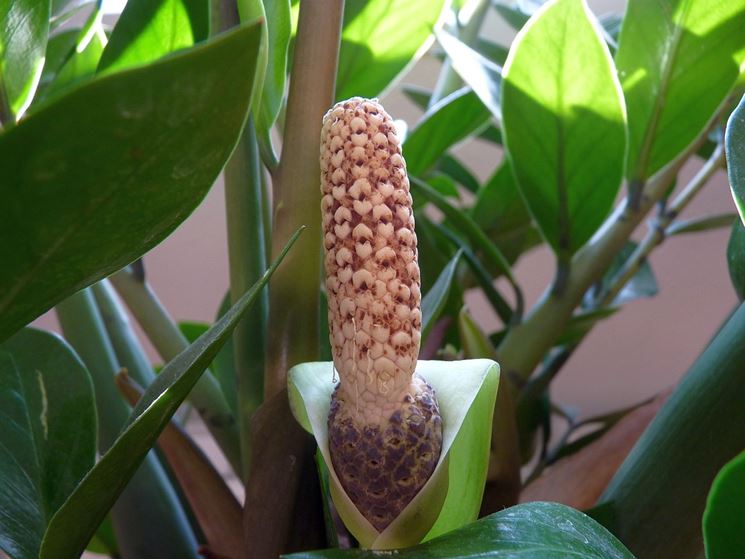
The Padre Pio plant is able to adapt very well to almost all types of soil. However, it prefers peat, which guarantees good water drainage, avoiding very annoying water stagnation. Repotting is usually done when the pot is too small to contain the zamioculcas. In some cases and in the presence of plastic pots, it can happen that the plant, now too «narrow», literally cuts the pot. When repotting, extreme care must be taken not to damage the bulbs.
As for diseases and parasites, this variety is hardly subject to parasitic attacks. Diseases are mainly caused by irregular watering. If excessive, in fact, they can lead to leaf yellowing, if the substrate does not allow excellent drainage, water stagnation can lead to rotting of the bulbs, causing many problems for well-being.
